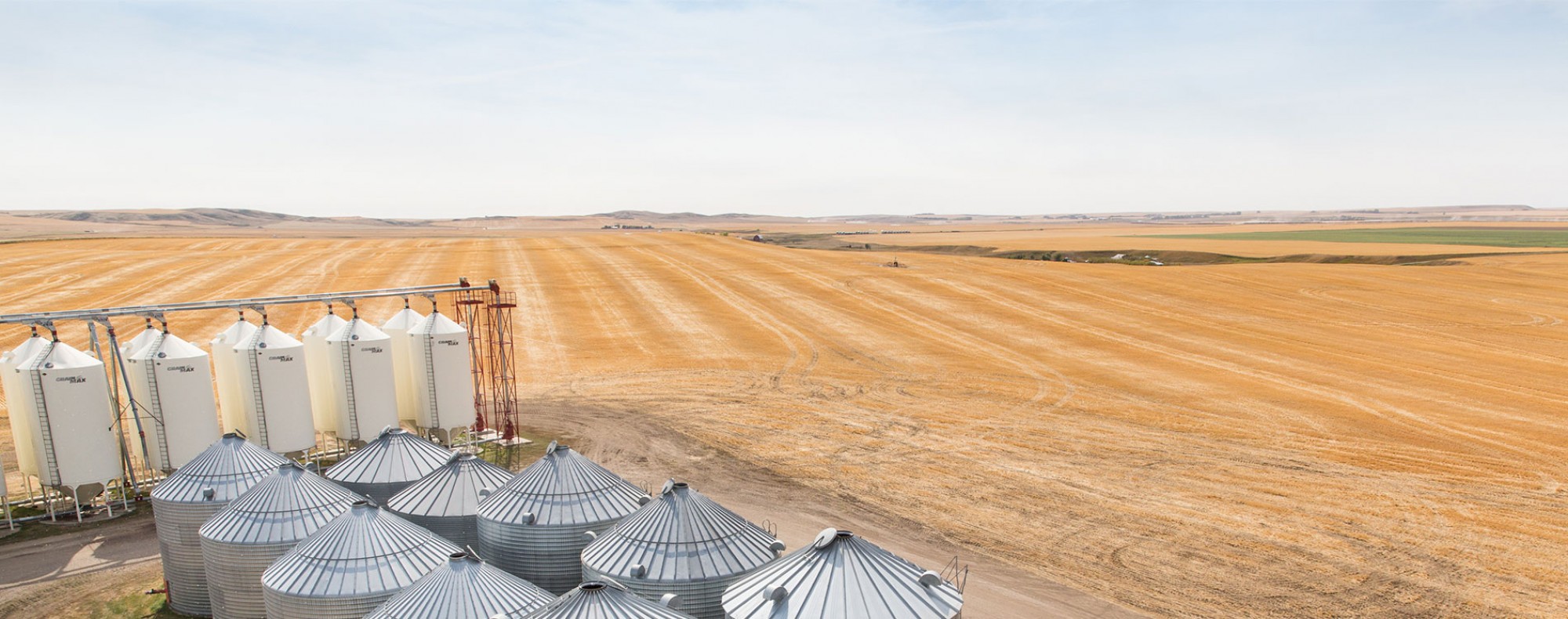Development of novel tools to increase wheat grain yield under normal and abiotic stress conditions
Principle Investigator: Dr. Jocelyn Ozga, University of Alberta
AWC contribution: $168,000
Start date: July 15, 2016
End date: December 5, 2021
Summary:
This 3 year project proposes to further develop the use of the plant growth regulator class, auxins, as a tool to increase wheat grain yield grown under non-stress and abiotic stress conditions. By determining the traits that lead to increased auxin response (with respect to increasing yield), and characterizing how these traits are affected by abiotic stresses, we can provide a novel option to producers for increasing wheat grain yield for improving operation profitability.
Objectives:
- To screen a randomly derived recombinant inbred line population from a cross between CIMMYT spring wheat “Attila” and the Canadian “CDC Go” from Dr. Spaner’s group (University of Alberta) for auxin responsive phenotypes that result in increased seed yield after auxin application when grown under non-stress and abiotic stress conditions.
- To identify a group of auxin responsive lines under the different environmental conditions imposed.
- Further phenotypic analysis will be done for a select number of auxin responsive lines to determine if auxin treatment improved seed set at specific positions on the spike.
- Determine if auxin responsiveness maps to an identified QTL in this RIL population, or if it is associated with the gibberellin-related rht-B1 dwarfing gene.
Benefit to producers:
This research will facilitate both identification of commercial cultivars that are most likely to benefit from auxin treatment as well as incorporation of auxin responsive traits into breeding lines for future cultivars. This potential crop enhancement management tool will go hand in hand with current and future work on cultivar-specific responses to agronomic practices. By optimizing agronomic practices to each cultivar, producers can optimize yields while minimizing environmental consequences.
Read more about this project in Farming Smarter's online magazine
